The southern Rhône's most famous red wine is ChâteauneufduPape, a blend containing up to 19 varieties of wine grapes (ten red and nine white) as permitted by the ChâteauneufduPape AOC rules Other nearby AOC regions including Côtes du Vivarais AOC , GrignanLes Adhemar AOC , Lirac AOC , Tavel AOC , Vacqueyras AOC , and Ventoux AOC may contain even more varieties in5/8/17 Domaine de Saje 1600 is one of the more interesting as well as unusual blends in Chateauneuf du Pape today as it is made from 42% Counoise, % Grenache and various other white and red grape varieties allowed in the appellation The vines are planted in rock, clay and sand terroir The Grenache is partially destemmed28/2/18 Almost every wine book in print speaks of the 13 grape varieties of ChâteauneufduPape, but this count is not exactly accurate If you factor in all of the color variants of those 13 grapes, you end up with 22 authorized grapes for this appellation!

Chateauneuf Du Pape Wine Region
What are the 13 grapes in chateauneuf du pape
What are the 13 grapes in chateauneuf du pape-Domaine de Beaurenard ChâteauneufduPape — 17 – The Wine Advocate – 93 Points A second consecutive winner from this fine estate, the 17 Chateauneuf du Pape is 66% Grenache, 15% Syrah, 10% Mourvèdre, 6% Cinsault and 3% of the other permitted varieties Grilled red plums lead off, fleshed out by other ripe stone fruits‐‐ ANSWER 18 grapes




Chateau De Beaucastel Wikipedia
21/2/17 ChâteauneufduPape is the largest cru of the entire Rhone valley in terms of production Before WW1, much of the ChâteauneufduPape harvest was sold in bulk to Burgundy Along with other Southern Rhone areas, wine was sold as "Vins de Medecine" to add pigment, tannin, a boost of alcohol, and ripe fruit to the wines of BurgundyQUESTION 15 How many grapes allowed to be planted in Chateauneuf du Pape?CHÂTEAUNEUFDUPAPE 19 STRUCTURE, COLOUR, HEALTHY GRAPES A SUPERB VINTAGE!
The places The Scenic Route, Wine tour;2/7/19 ChâteauneufduPape's Special Blends Each wine growing region in France has its "thing" when it comes to winemaking The "thing" in ChâteauneufduPape is that each wine must be a blend from grapes grown in the actual commune of Châteauneuf or in one of four specific adjoining communes The white grapes permitted in ChateauneufduPape are Clairette, Bourbelenc, Rousanne and Picardan Approximately 1 out 14 fullbodied bottles of red ChateauneufduPape wine contains some fullbodied white wine in the blend to keep the wines fresh in style
ChâteauneufduPape makes blended wines, meaning that several grape varieties can be used in their production 13 grape varieties are allowed according to the ChâteauneufduPape AOC decree 8 red varieties (Grenache Noir, Syrah, Mourvèdre, Cinsault, Counoise, Muscadin, Vaccarèse and Terret) and 5 white varieties (Roussanne, Clairette, Bourboulenc, Picpoul and Picardan)It stays lively and fresh, with building tannin, a stacked midpalate and a big finishYields are low with around 30 to 32 hectolitres per hectare (maximum allowed in the appellation 35 hl / ha) Nevertheless, the winegrowers of ChâteauneufduPape are particularly satisfied with the 12 harvest Fédération des syndicats de producteurs de ChâteauneufduPape 12 avenue Louis Pasteur ChâteauneufduPape




The 18 Grapes Of Chateauneuf Du Pape Red Blend Wine Social Vignerons




Chateau Sixtine Chateauneuf Du Pape Haskell S
Chateauneuf du Pape has a bold flavor that can overpower many foods, so it's important to choose cheese with intense and complex flavors Chateauneuf du Pape pairs well with pungent cheeses like Affidelice, Epoisse, and Pont l'Eveque Now let's dive into the details of this great wine and see just what else there is in store for us19/6/18 White ChâteauneufduPape (only 5% of production) is extremely varied in character It can be made from any or every one of those allowed white grapes Gigondas, northeast of ChâteauneufduPape, is considered ChâteauneufduPape's "little brotherThe AOC Châteauneuf du Pape is unusual in that sense that 13 grape varietals are permitted in its red wines Not all the châteaux though plant all of them The two most famous though – Beaucastel and Domaine du Vieux Telégraphe – are including all of them in their vineyards




Buy Domaine Du Grand Tinel Chateauneuf Du Pape 15 Alexis Establet On Grapes And Grain




An Honest Chateauneuf Du Pape Grape To Glass
4/9/13 Annual Production 110,000 hectoliters The Grapes Both red and white varieties are allowed in red and white ChâteauneufduPape;30/7/ Beyond ChateauneufduPape – the Southern Rhone Valley by WinEncsy updated on Leave a Comment on Beyond ChateauneufduPape – the Southern Rhone Valley Recently I have tasted several wines from the southern part of the Rhone Valley and I think when we are looking for a good bottle of wine from that region on a great value,Chateauneuf du Pape les Apotres 16 "The cuvée name, « Les Apôtres » relates to the different varietals allowed in the appellation Châteauneuf du Pape, originating from collection parcels of very old vines with many different varietals within the same parcel (some are centenaries)




Chateauneuf Du Pape Clos De Caillou 18 Buy French Wine Online




Chateauneuf Du Pape Cepages Poster 13 Grapes Chateauneuf Du Pape Vins Et Vigne
Vintage, the NV Châteauneuf du Pape X XII XV is a massive, thick, unctuous beauty that's almost overflowing with notes of dark fruits, blackberries, truffle, chocolate and crushed rock You almost need a fork to drink this baby, but man, what a wine!A ChâteauneufduPape allying the powerful terroir to the characteristic finesse and with exceptional climatic conditions, allowed the grenache to fully express itself Bouquet dominant aromas of red fruits enhanced by a woody touch from the barrelcontained Syrah grapes A great taste of red fruits, leather and undergrowth The tannins19 witnessed a normal rainy spring (96 mm), after an exceptionally rainy spring in 18 (280 mm) The bad memories left by the outbreaks of mildew in 18 prompted the winegrowers to be particularly vigilant right from the beginning of the season



1




Chateauneuf Du Pape History Location Key Facts 21 Viator
17/1/18 In 1936, when the rules of the appellation Châteauneuf du Pape were decided, ten varieties became allowed Later, three more (Picardan, Roussanne and Terret Noir) were added Most winemakers cultivate around four grape varieties in their vineyards but there is one who produces all thirteen grapes Château de Beaucastel29/5/ ChâteauneufduPape Blanc require a bit of hunting Again, only a fraction of the wine made here is from white grapes For me, the jury is still out on whether ChâteauneufduPape's terroir is as prime for white grapes as it is for red4/9/19 The appellation of Châteauneuf allows up to 18 different grapes to be used under the ChâteauneufduPape AOP regulations The Eighteen Grapes of ChâteauneufduPape, Up from Thirteen 5 of these 18 grapes are actually very rare and hardly used except in very small quantities at some wineries that happen to have small plots of it remaining from an old tradition or working
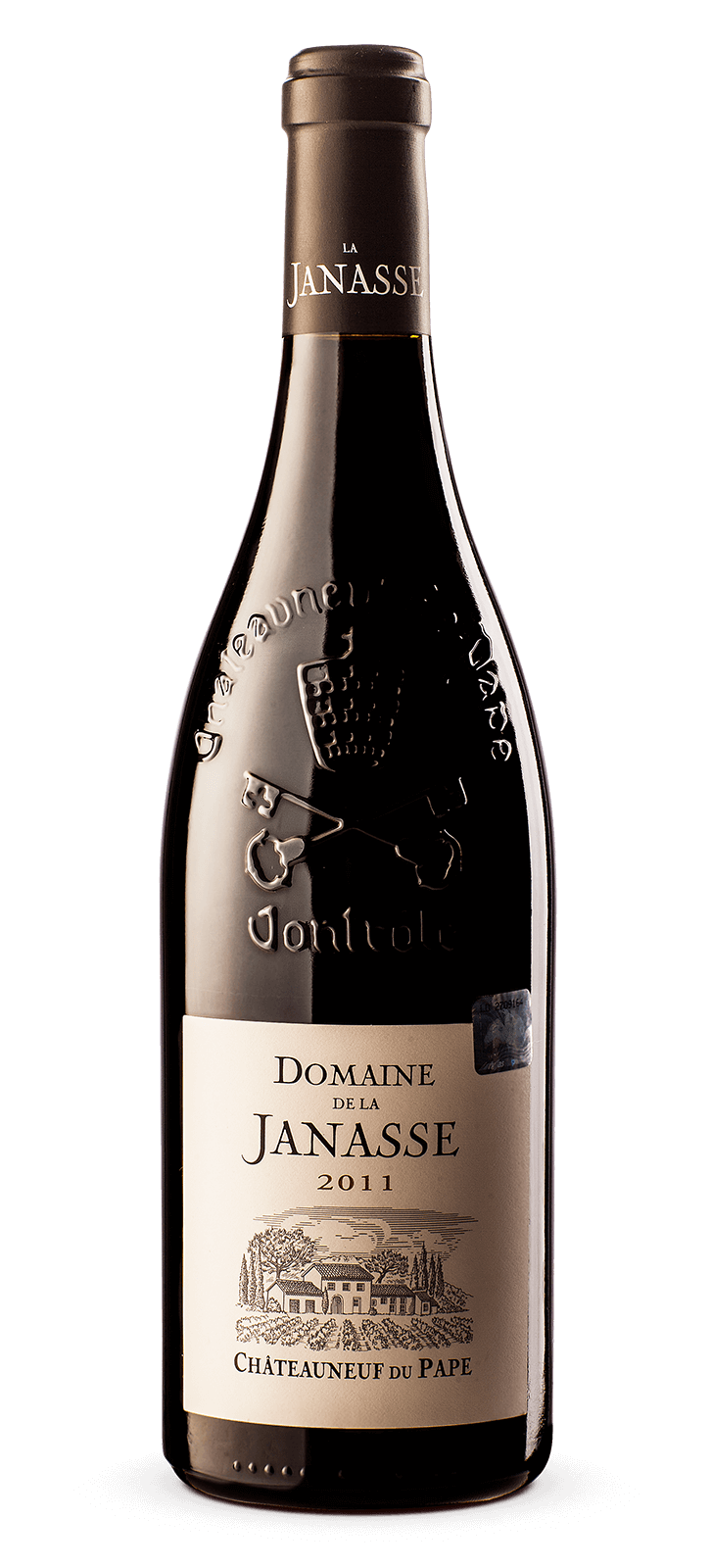



Purchase Red Wine 16 Tradition Chateauneuf Du Pape 16 0 75 Grenache Mourvedre Syrah Noble Wine




What S So Special About Chateauneuf Du Pape Coravin Blog
30/4/08 Châteauneuf du Pape, between Orange and Avignon, Château de Beaucastel red is a 70hectare vineyard Terroir Château de Beaucastel is 110 hectares, with one single plot at the north of the appellation The terroir is archetypal of the best terroirs in Châteauneuf rolled pebbles on the surface, sand, clay and limestone deeper down2/9/19 ChâteauneufduPape is famous for its powerful, rich, spicy and fullbodied red wines made from classic southern Rhône grapes in the South of France But Châteauneuf is also famous for being one of the rare appellations to allow a huge variety of grape varieties (including red AND white grapes) to be blended together to make red winesNo restrictions are set on the proportion of useIn fact, the allowed grape varieties in these wines are not differentiated by primary or supporting, so it's possible to produce ChâteauneufduPape from any of the 18 allowed varieties




Chateauneuf Du Pape The 5 Minute Guide To A Legendary Wine



Q Tbn And9gcsx2xvkb3llzrxzezhp3 Uouxhuxufk1qm4feeowqscmkykhmff Usqp Cau
26/5/13 In total, 18 grape varieties are allowed to form part of a Chateauneuf du Pape red blend; Fifteen different grape varieties are allowed by law to be blended into ChateauneufduPape wines, but 75 percent of the grapes grown in the region are grenache Most wines made there are a blend of grenache, mourvedre and syrahBy harvest time, the grapes were showing a beautiful sanitary state albeit a low yield in juice The 15 mm rainfall on 18 September was rather welcome and allowed the grenache grapes to reach phenolic maturity The yield is slightly up from average, compared to the last few years
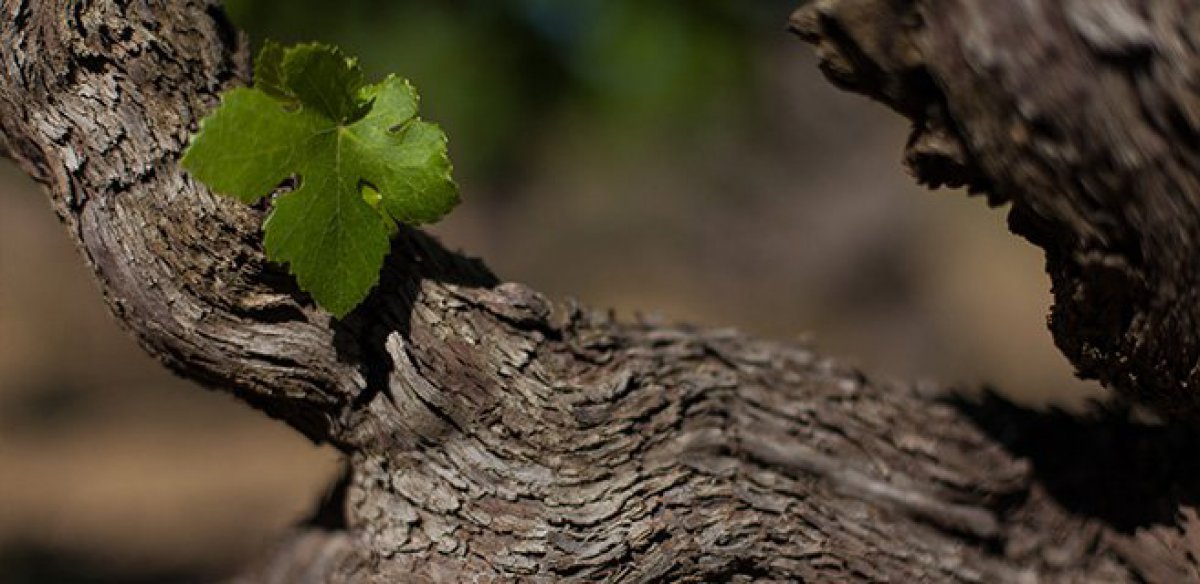



Chateauneuf Du Pape Domaine Les Cailloux Andre Brunel Thirteen Grapes Grenache Syrah




Barton Guestier Chateauneuf Du Pape Aoc 75cl The Naughty Grape
12/4/19 ChâteauneufduPape Blanc is harder to find because only about 7% of the region's vineyards are white grapes Still, you'll find many producers make small amounts that are usually a blend of the region's white grapes, most notably, Grenache Blanc, Clairette, and RoussanneClairette, Grenache Blanc, Bourboulenc, Roussanne, Picpoul and Picardan are the allowed varieties for white Chateauneuf du Pape They cover nearly 7% of the fields and the white wines are 67% of the production Some of these grapes are used for the red wines Picpoul and Picardan are of marginal importanceWhen ChâteauneufduPape became the first French appellation contrôlée wine in 1936, 13 different grape varieties were authorized each contributing its characteristics to color, structure, fragrance, freshness and longevity The permitted red and white grape varities are Grenache, Syrah, Mourvèdre, Cinsault, Clairette, vaccarèse, Bourboulenc,




Chateauneuf Du Pape Le Vieux Donjon Rouge 17




Beyond Chateauneuf Du Pape The Southern Rhone Valley
Châteauneuf du Pape is clearly the most famous of the AOC's of the Rhône Valley It is governed by France's wine laws For example, only 15 different grape varieties are allowed to be planted and all growers must harvest their fruit by handRed wines from France go headtohead in this Weekly Tasting pack curated by Master Sommelier Laura Maniec As a youth, even I had heard of ChâteauneufduPape, despite growing up in a working class household in an unfashionable corner of south east London This wasn't because my parents were wine drinkers (my dad, bless him, bought one bottle a year a Black Tower for Christmas dinner) No, I had two cultural reference points 1



10 Best Chateauneuf Du Pape Wines To Buy Now Surprising Facts About Chateauneuf Du Pape Natalie Maclean
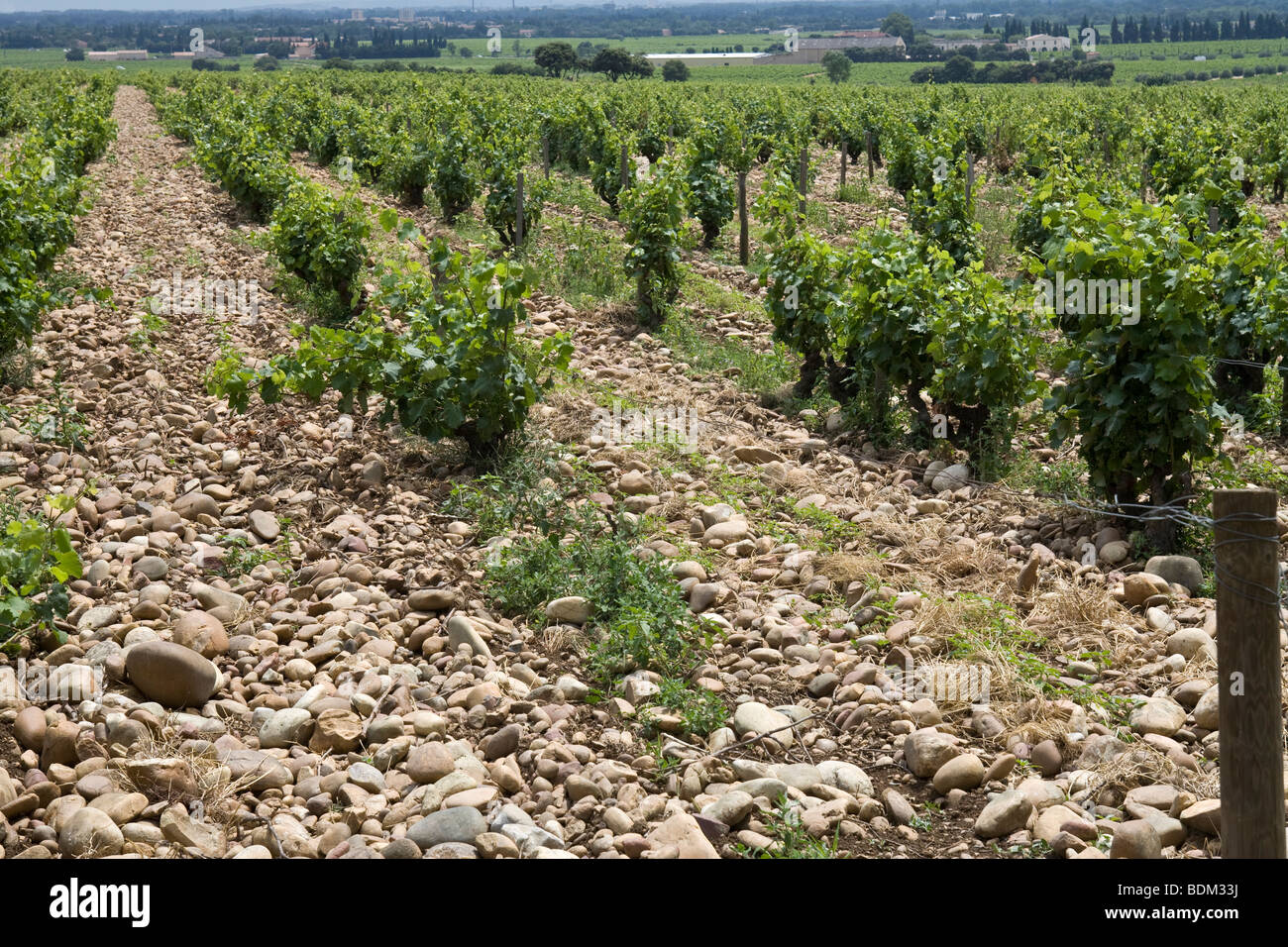



Grape Vines At Vineyard In Chateauneuf Du Pape France Stock Photo Alamy
ChâteauneufduPape can be made from eighteen grape varieties grenache (black, white, grey), syrah, mourvèdre, cinsault, vaccarèse, counoise, muscardin, picpoul (white, black, grey) terret, roussanne, clairette (white and pink), bourboulenc and picardan13/8/12 Château La Nerthe is one of the oldest wineries in ChâteauneufduPape Established in the 12th Century, in the period when the popes were residing in Avignon and made ChâteauneufduPape their summer residence as well as source for the mass wine It was first documented though around 1560 Then it was known under different name (Grange deThese include a handful of white grapes




The Grapes Of Chateauneuf Du Pape




Chateauneuf Du Pape Pegau Domaine Chateau
A few other important rules were set in place for estates making wine in Chateauneuf du Pape 15 different grape varieties are allowed to be planted in the appellation The vine density must not be less than 2,500 vines per hectare and cannot exceed 3,000 vines per hectare Vines must be at least 4 years of age to be included in the wineDescubra Chateauneufdupape Grapes imágenes de stock en HD y millones de otras fotos, ilustraciones y vectores en stock libres de regalías en la colección de Se agregan miles de imágenes nuevas de alta calidad todos los díasGrenache Noir Rose Gris Blanc Syrah Noir Mourvèdr




Buy 14 Chateauneuf Du Pape Rouge Chateau De Beaucastel Wine Berry Bros Rudd




Privilege De Maucoil Chateauneuf Du Pape 16 Curious Wines
ChâteauneufduPape 09 The characteristics of a great vintage AOC ChâteauneufduPape Grapes varieties • Mourvèdre 30% • Grenache 30% • Syrah 10% • Counoise 10% From autumn 08 to the end of the winter 09, abundant rainfall allowedChâteauneufduPape is the largest and the most important appellation in the southern part of the Rhône Valley that comprises of five communes Most ChâteauneufduPape wines are predominantly red blends, with a small percentage of whites Officially eighteen grape varieties are allowed, including different colors of the same grape varietySince time immemorial, the village elders set the dates of the harvest banns in ChâteauneufduPape After "a tour of the vineyards", the town council tasted grapes from various parts of the terroir at a special meal and decided when the harvest should begin




La Bernardine 18




17 Chateauneuf Du Pape Tradition Chateau Maucoil 27 95 Maluni Wines
Most traditional ChâteauneufduPape wines are made from grapes that have not been destemmed Modern wine styles, however, advocate for the destemming of the grapes Thirdly, unlike the white ChâteauneufduPape wines which do not undergo an aging process, red is ChâteauneufduPape wines allowed to age for even up to two years and longer18/9/ There are thirteen grapes allowed in the blend – Grenache, Syrah and Mourvedre are the most commonly seen But winemakers are also allowed to use Picpoul, Terret Noir, Counoise, Muscardin, Vaccarese, Picardan, Cinsault, Clairette, Roussanne and BourboulencChâteauneufduPape, the white grape varieties Previously I discussed the red varieties permitted in ChâteauneufduPape, which comprise roughly 93% of the vines planted in the appellation The remaining 7% are white and gris varieties used mainly for the production of ChâteauneufduPape Blanc



Chateauneuf Du Pape Unisex Tee Wine Bunnies




Chateauneuf Du Pape La Fiole 750 Ml Everything Wine
Everyone thinks there are 13 grape varieties allowed for the production of ChateauneufduPape Rhone red wines in fact, since 09, there are 18 Listen to19/9/16 While it's permitted for ChâteauneufduPape producers to use 18 different grapes in the blend, it's a common misconception that they actually do VinePair Drinking Is Culture Shop




Victor Berard Chateauneuf Du Pape Vivino




Learn About Southern Rhone Best Wines Wineries Vineyards Appellations
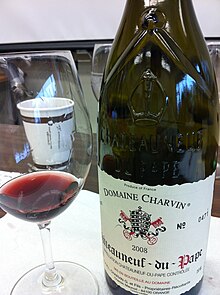



Chateauneuf Du Pape Aoc Wikipedia




Aldi Launches Budget Version Of Rare Wine That Features 13 Types Of Grape Mirror Online




Chateau De Beaucastel Chateauneuf Du Pape Premium Wine Gifts And Wine Cases From Wineonline Ie
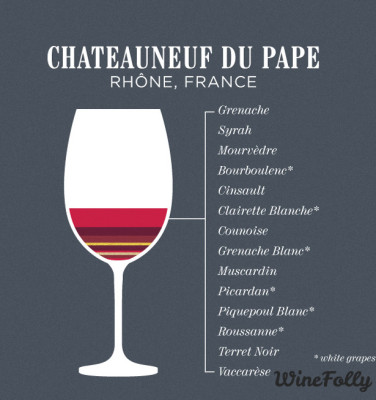



Seek Out Chateauneuf Du Pape Wine Wine Folly




Aoc Rules




Buy 17 Chateau De Beaucastel Chateauneuf Du Pape Roug Grandcruwijnen Nl




Chateauneuf Du Pape Pdo One Of The Oldest French Red Wines




Chateauneuf Du Pape Red And White Wine Pierre Amadieu




Wine Regions Of France Chateauneuf Du Pape Buywine Com




Orange Chateauneuf Du Pape Day Trip From Avignon




Buy Chateauneuf Du Pape Old Grapes Domaine De Villeneuve 1996 Lot 508




Chateauneuf Du Pape The White Grape Varieties European Cellars




First Taste Guide To Chateauneuf Du Pape Opening A Bottle




2 Chateauneuf Du Pape Ideas French Wine Wine Region Wine




Chateauneuf Du Pape Women S Tee Wine Bunnies




Vignobles Mayard Le Hurlevent Chateauneuf Du Pape Vivino




Chateauneuf Du Pape Chateauneuf Du Pape Wines Domaine Les Cailloux Andre Brunel
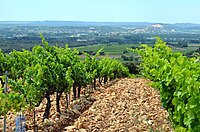



Chateauneuf Du Pape Aoc Wikiwand
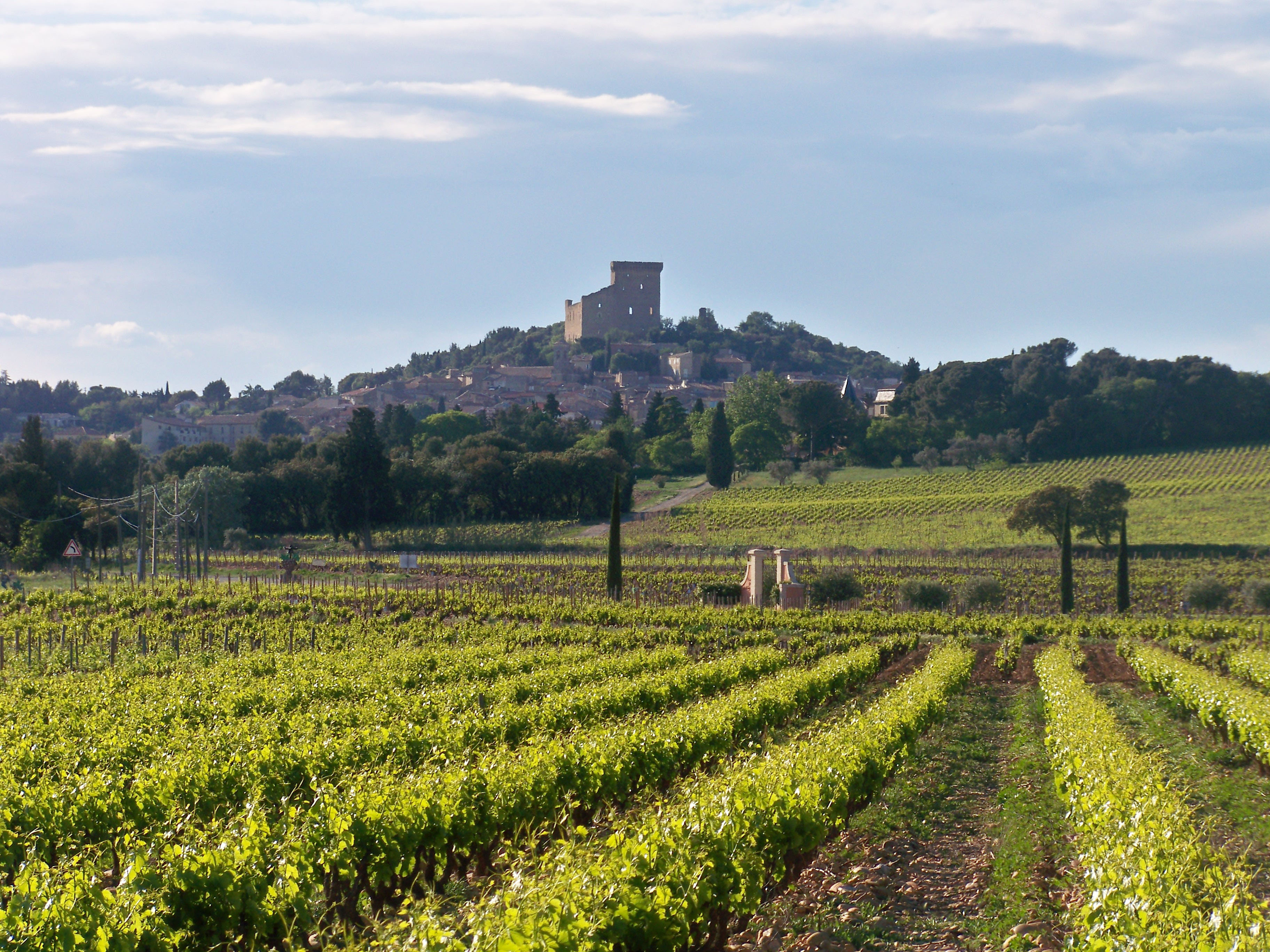



Chateauneuf Du Pape Aoc Wikipedia




The 18 Grapes Of Chateauneuf Du Pape Red Blend Wine Social Vignerons




Drink With Gerard Richardson Discovering The 18 Grape Symphony Of Chateauneuf Du Pape Heraldscotland




Chateauneuf Du Pape Aoc Taste France Magazine




Chateau De Beaucastel Wikipedia



The 18 Grapes Of Chateauneuf Du Pape Red Blend Wine Social Vignerons




Intro A Friend To French Wine 1 Chateauneuf Du Pape And Comforting Cassoulet Winophiles Wine Predator Gwendolyn Alley




The Thirteen Grape Varieties Aoc Chateauneuf Du Pape




Aldi Launches 13 Variety Du Pape Wine Brand The Drinks Business




Chateauneuf Du Pape Wine Region
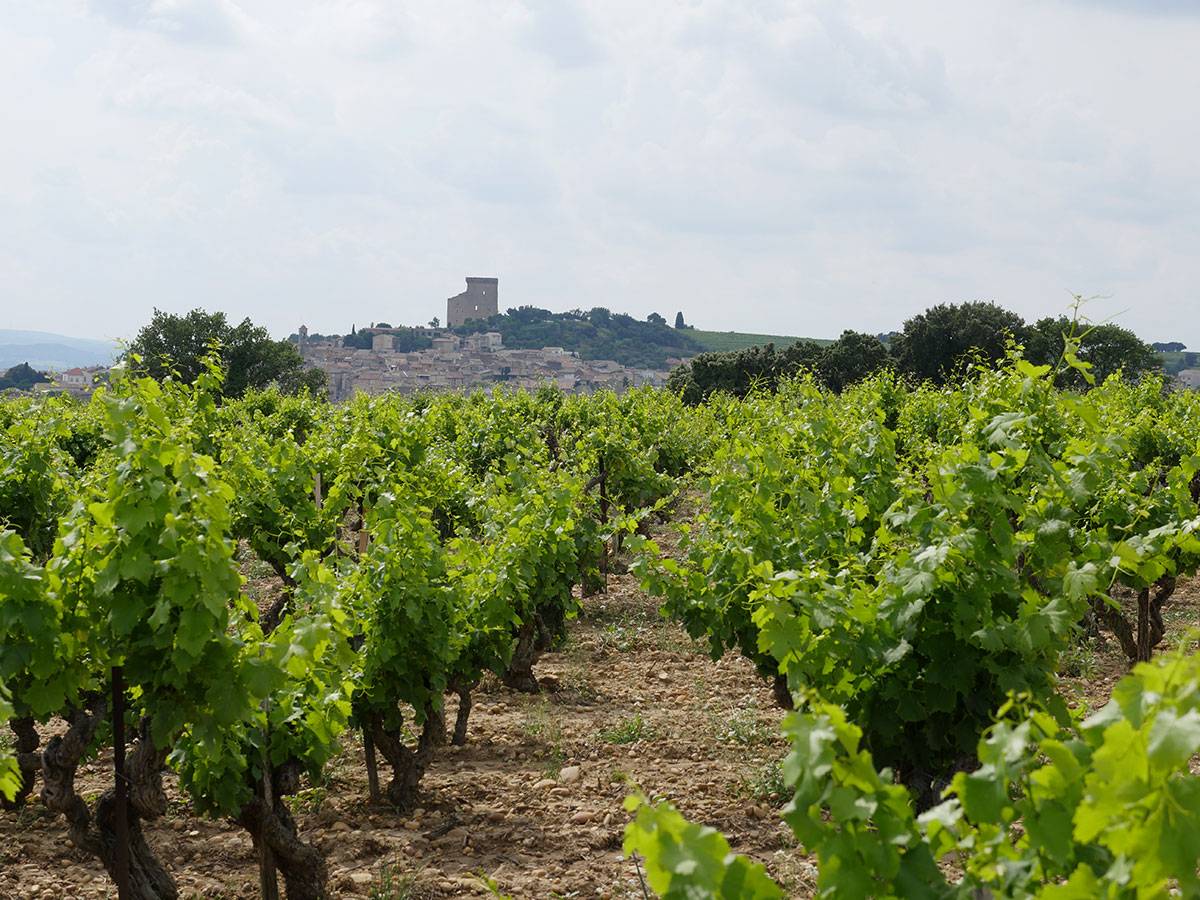



Exploring The Region Of Chateauneuf Du Pape The Grape Reserve




In Focus Chateauneuf Du Pape S Best Producers Decanter
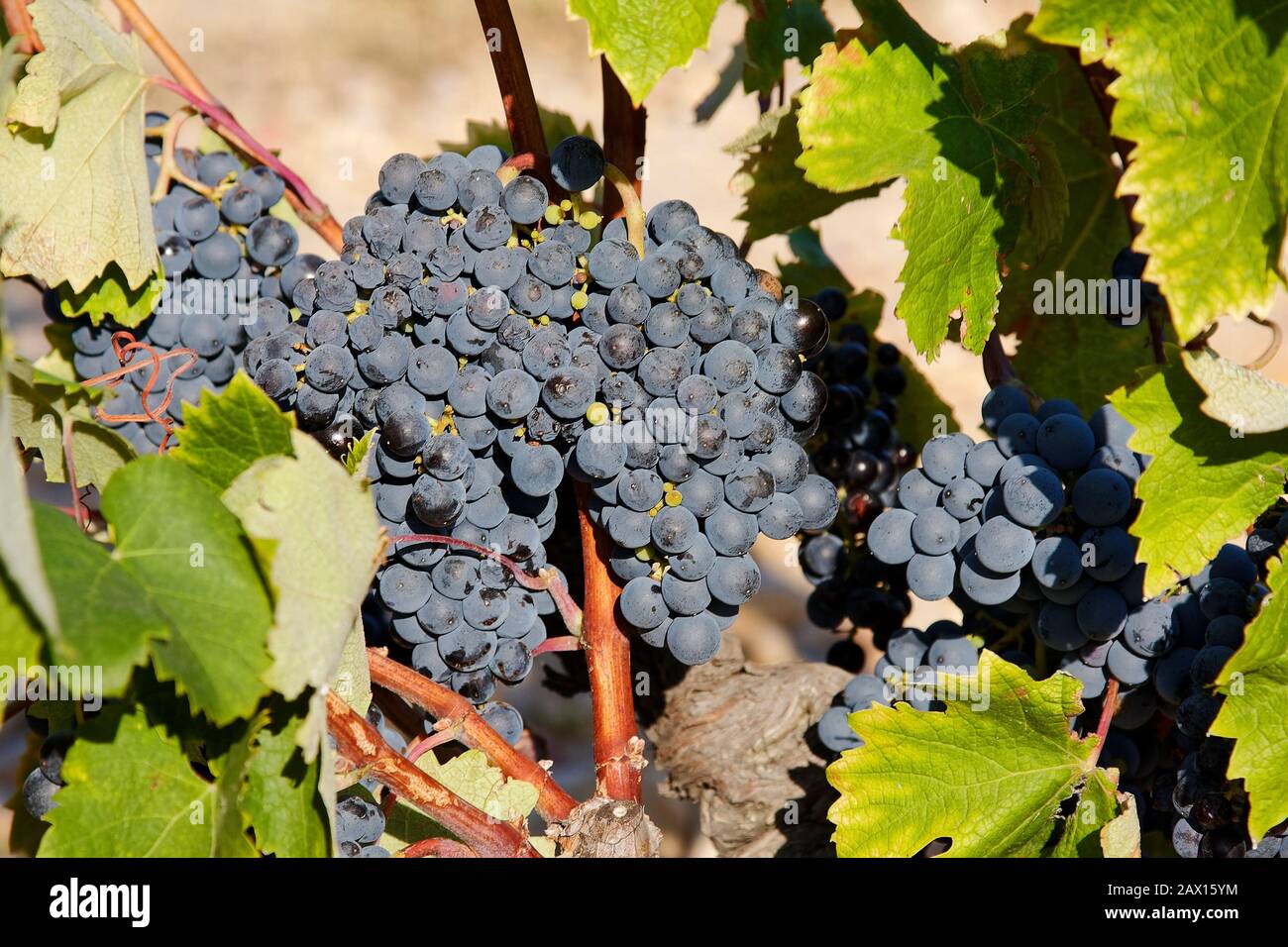



Grapes Bunches On Vine Fruit Growing Nature Vineyard Chateauneuf Du Pape Provence France Summer Stock Photo Alamy




17 Chateauneuf Du Pape Domaine Du Vieux Lazaret 22 95 Maluni Wines



Ttb Approves 4 More Chateauneuf Du Pape Varieties In Usa San Francisco Wine School




Chateauneuf Du Pape Pdo One Of The Oldest French Red Wines




Visit To Chateauneuf Du Pape Hiking And Cooking In The South Of France




Guide To Chateauneuf Du Pape Region And The Wines Wine Folly




Chateauneuf Du Pape Red And White Wine Pierre Amadieu




Rotem Mounir Saouma Chateauneuf Du Pape Omnia 18 Decantalo




Blason Du Rhone Chateauneuf Du Pape Top 12 Fine Wines Waitrose Cellar



The 18 Grapes Of Chateauneuf Du Pape Red Blend Wine Social Vignerons




Vineyards In Chateau Chateauneuf Du Pape France Stock Image Image Of Natural Grow




The Grapes Of Chateauneuf Du Pape




17 Chateauneuf Du Pape Domaine Isabel Ferrando Colombis 75cl Chateau Com



1
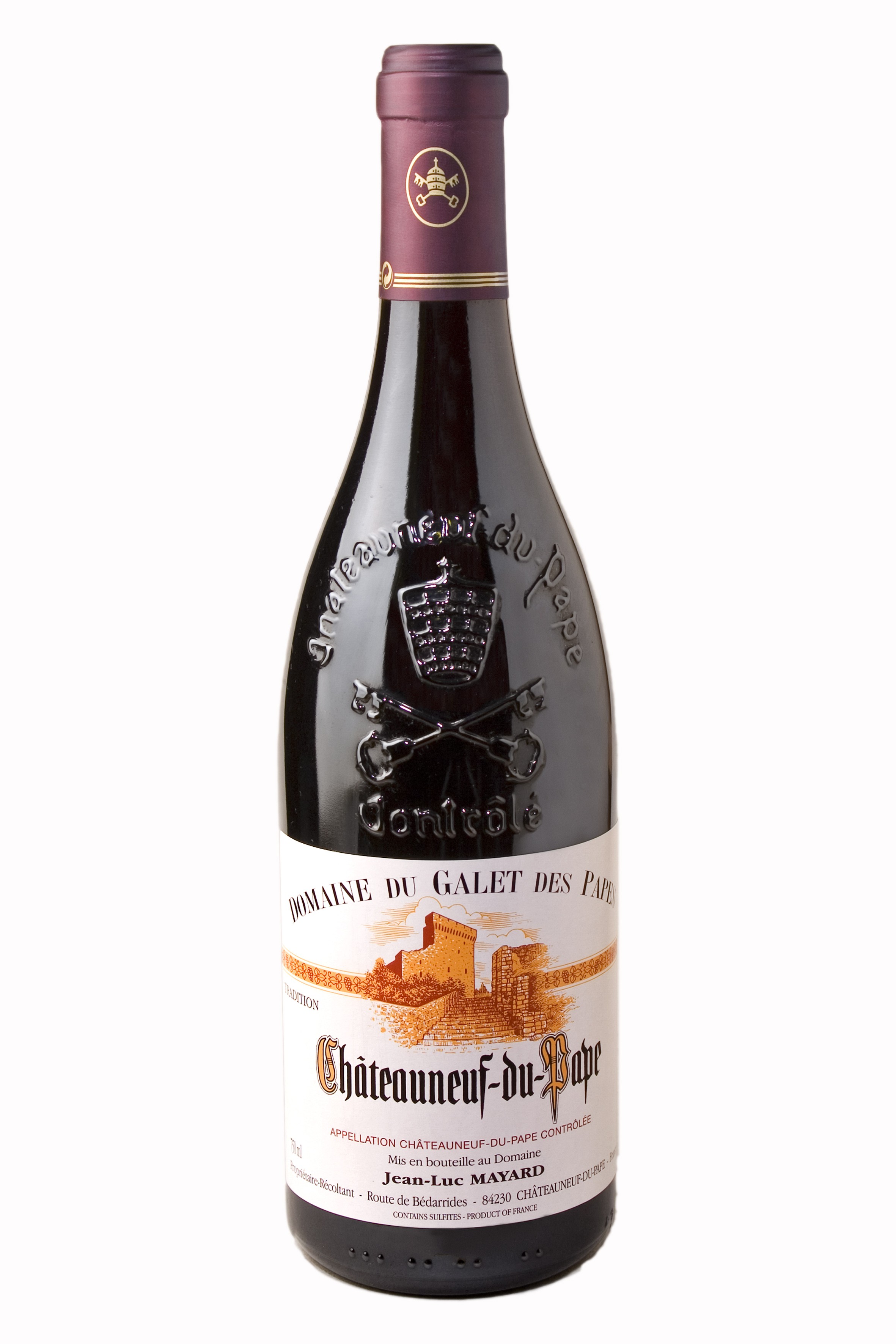



Vin Tradition 16 Chateauneuf Du Pape Vins Domaine Du Galet Des Papes A Chateauneuf Du Pape




Baggot Street Wines M Chapoutier Chateauneuf Du Pape La Bernardine Red Grapes Wine Baggot Street Wines




Chateauneuf Du Pape By Chateau De Beaucastel
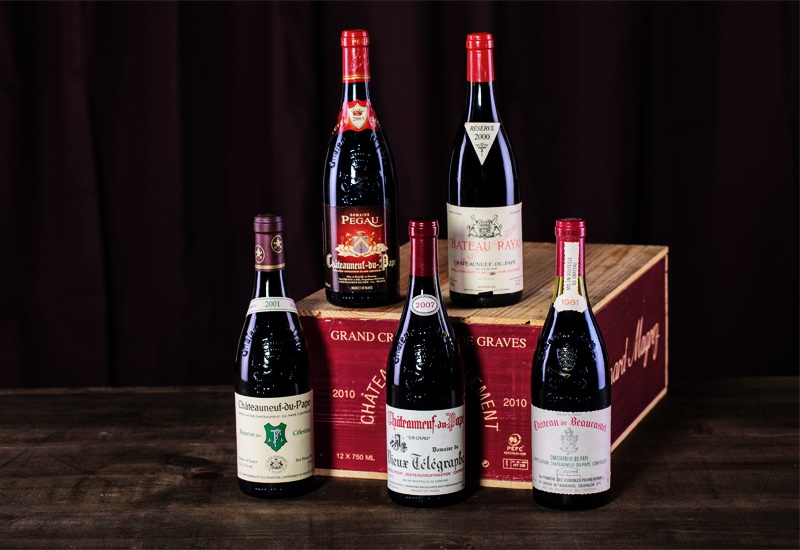



Chateauneuf Du Pape Winemaking Best Wines Prices 21




Five Chateauneuf Du Pape Alternatives To Try Decanter




French Tole Grape Basket From The Chateauneuf Du Pape Chairish




Chateauneuf Du Pape High Res Stock Images Shutterstock




An Overview Of The Chateauneuf Du Pape Appellation And Its Wines Flora S Table




Learn About Domaine Benedetti Chateauneuf Du Pape Complete Guide




Chateau De Beaucastel Chateauneuf Du Pape 13 Wine Inquiry




Chateauneuf Du Pape Wine Varietals Gold Medal Wine Club
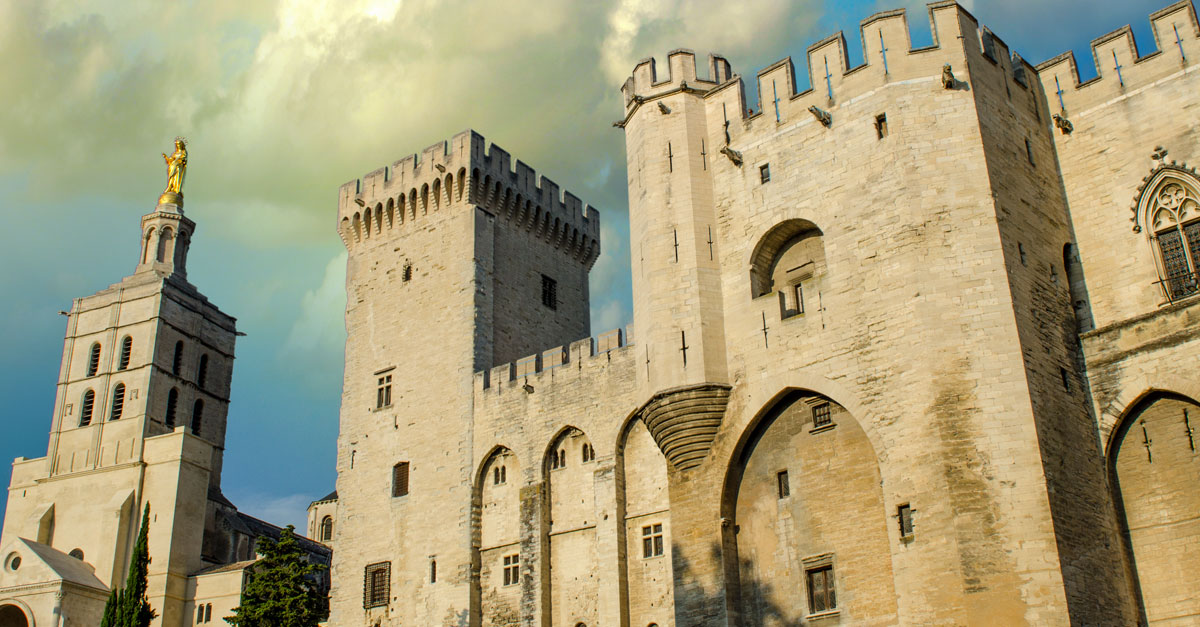



There Aren T Really 18 Different Grapes In Chateauneuf Du Pape Vinepair



1




White Chateauneuf Du Pape 11 Wines To Try Exotic Wine Travel




Chateauneuf Du Pape The White Grape Varieties European Cellars




Chateau Sixtine Reserve Des Roumiguieres Chateauneuf Du Pape Vivino




Chateauneuf Du Pape Unisex Tee Wine Bunnies




File Grenache Grapes Chateauneuf Du Pape Jpg Wikimedia Commons




Chateauneuf Du Pape By Chateau De Beaucastel
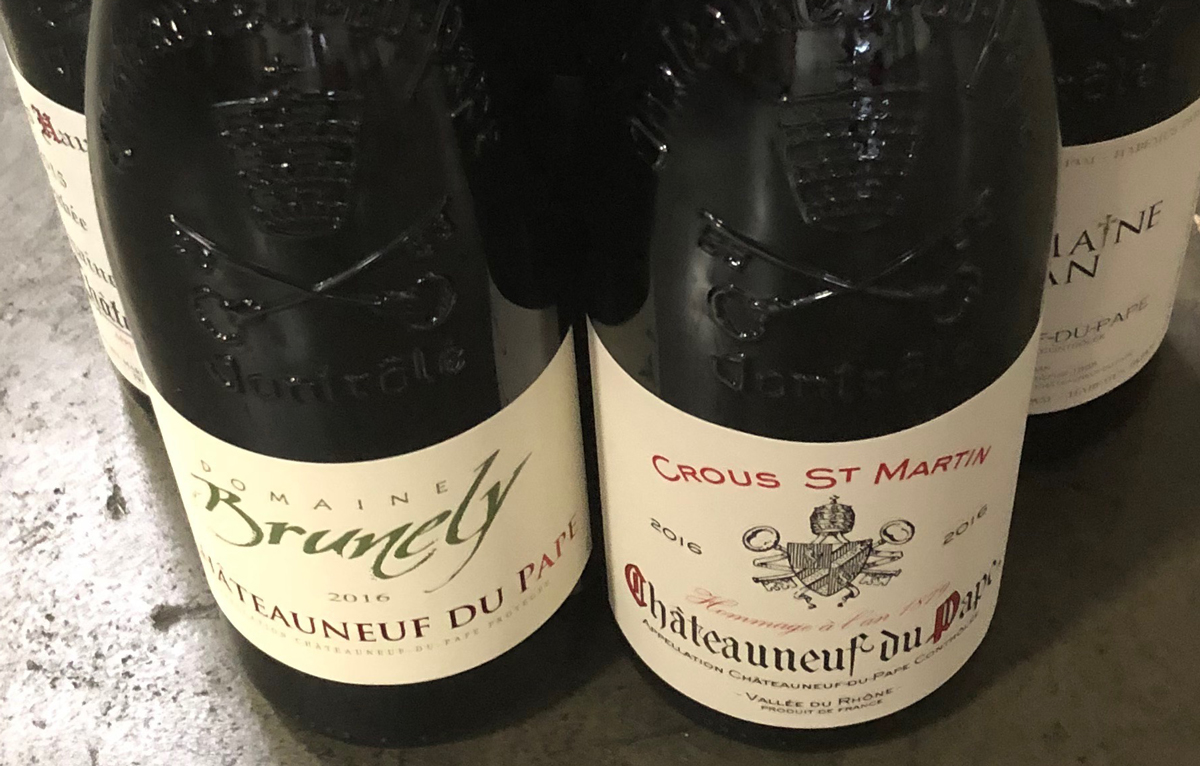



Chateauneuf Du Pape Prices And Why They About To Blast Upwards Grape




Rhone Valley Wine Tour And Tastings From Avignon Small Group 21
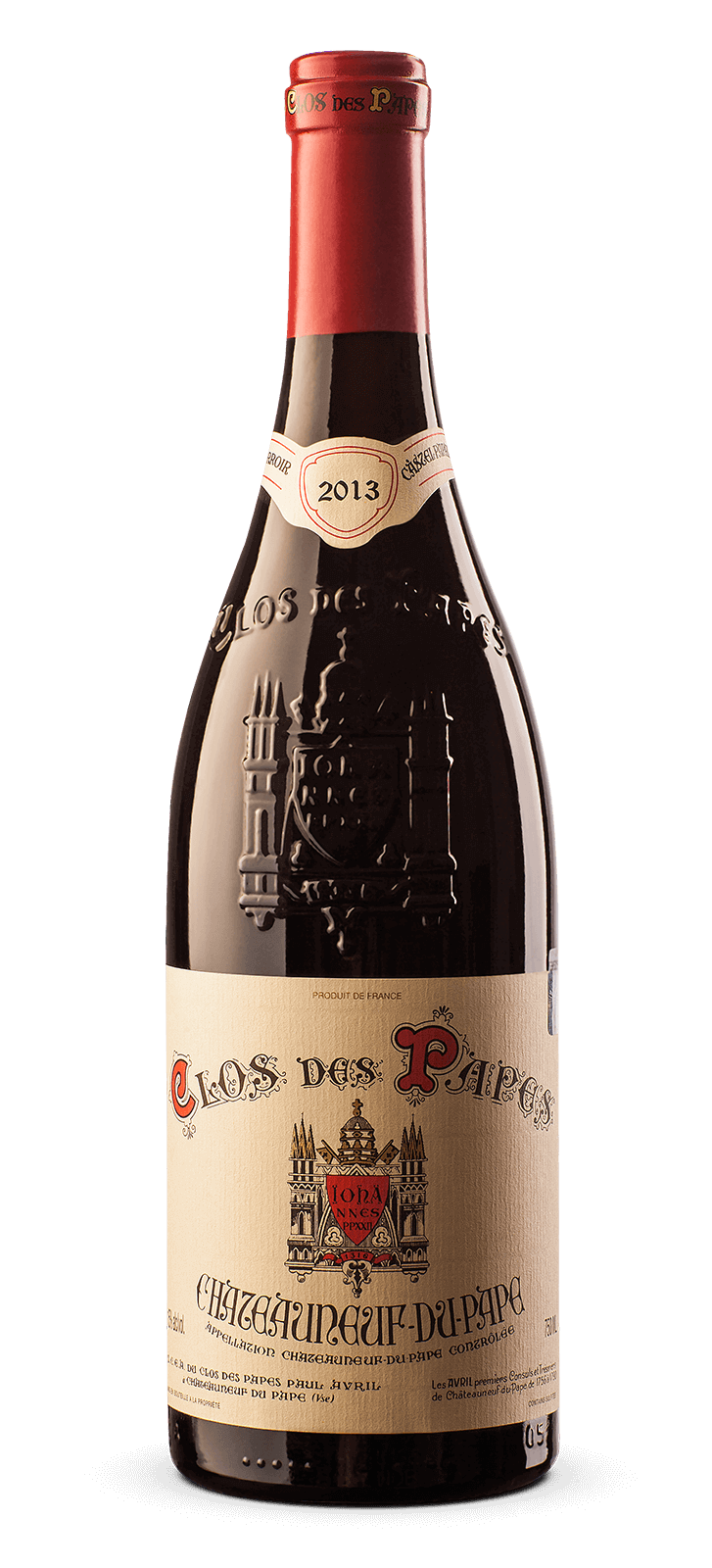



Purchase Red Wine 14 Chateauneuf Du Pape 12 0 75 Counoise Grenache Mourvedre Muscardin Syrah Vaccarese Noble Wine
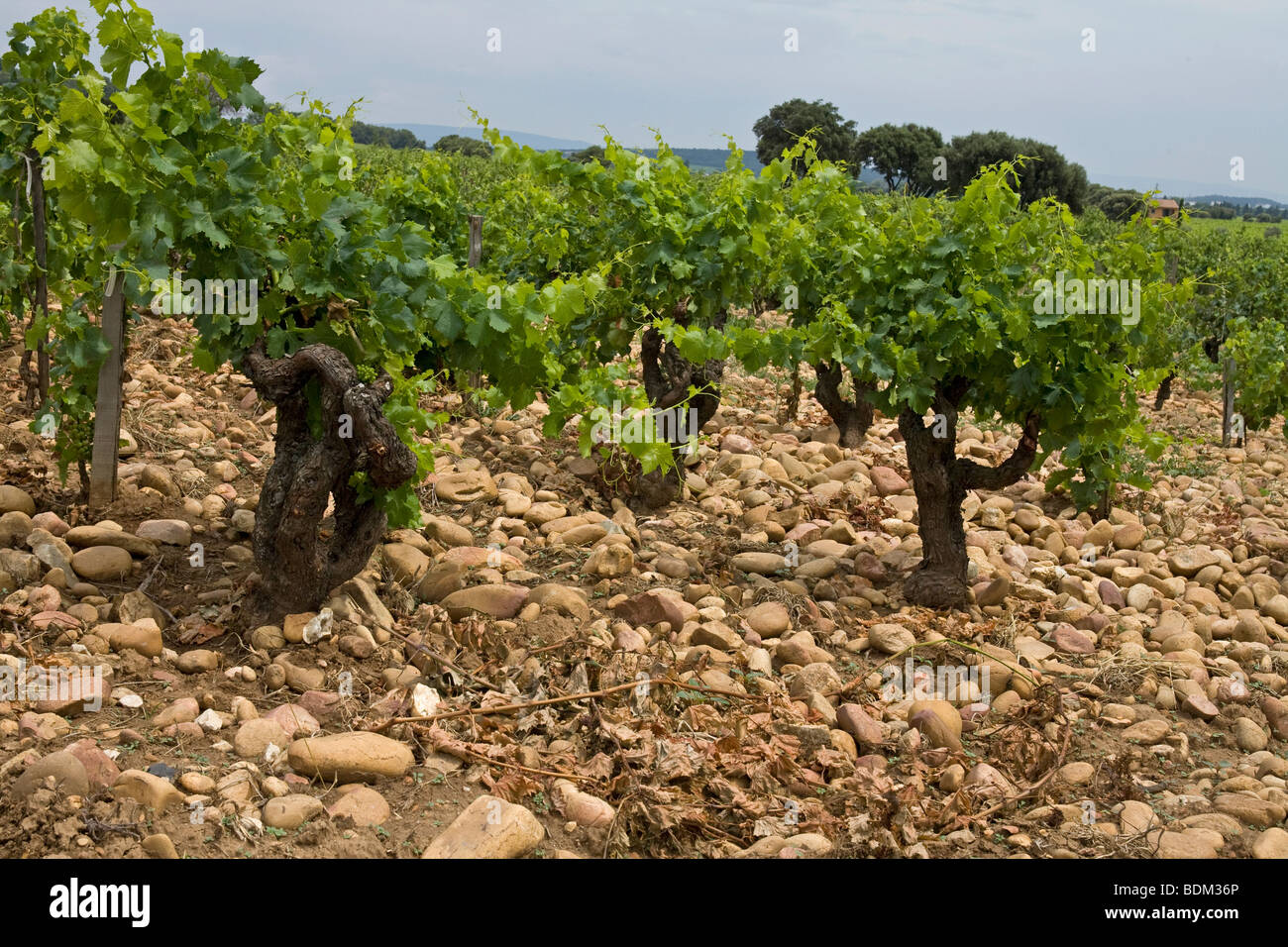



30 Year Old Grape Vines At A Vineyard In Chateauneuf Du Pape France Showing The Stoney Soil That These Grapes Grow On Stock Photo Alamy



Closely Guarded White Chateauneuf Du Pape Aoc Hourlier Wines




Buy 11 Chateauneuf Du Pape Blanc Clos Des Papes Paul Avril Et Fils Wine Berry Bros Rudd




Chateauneuf Du Pape Wine Country Getaways




18 Chateauneuf Du Pape Les Sinards Perrin 31 50 Maluni Wines




Orange Chateauneuf Du Pape Day Trip From Avignon




18 Chateauneuf Du Pape Guide Tasting Notes For All The Best Wines Tannins
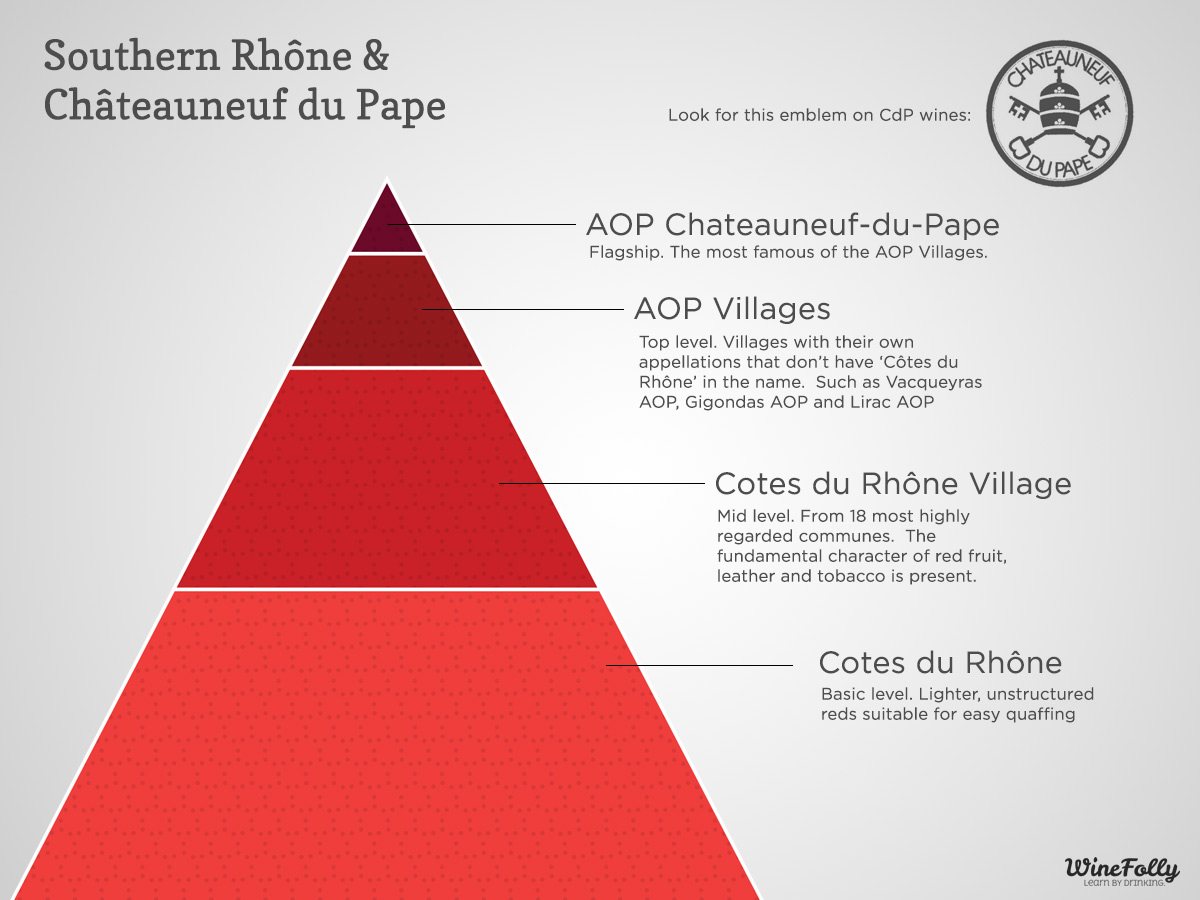



Seek Out Chateauneuf Du Pape Wine Wine Folly




From Avignon Chateauneuf Du Pape Wine Tour Getyourguide




A Whole Lotta Lavau Boutinot



0 件のコメント:
コメントを投稿